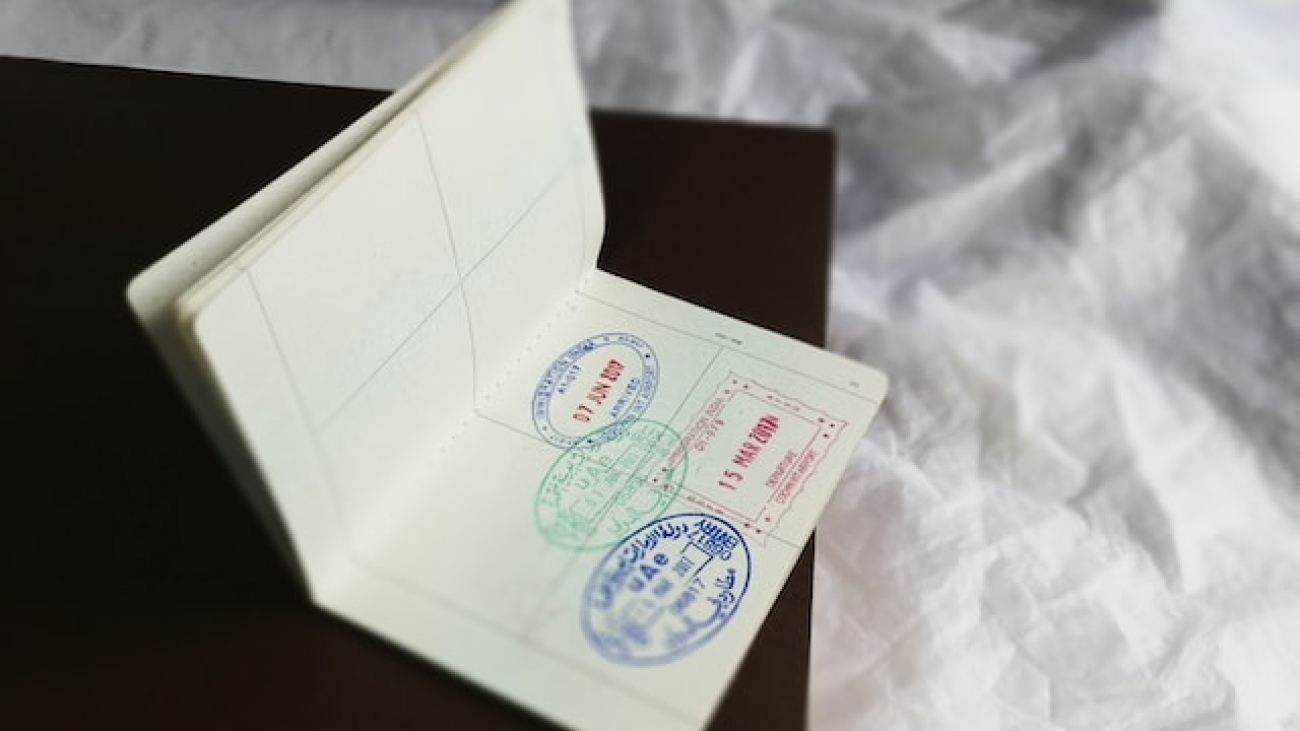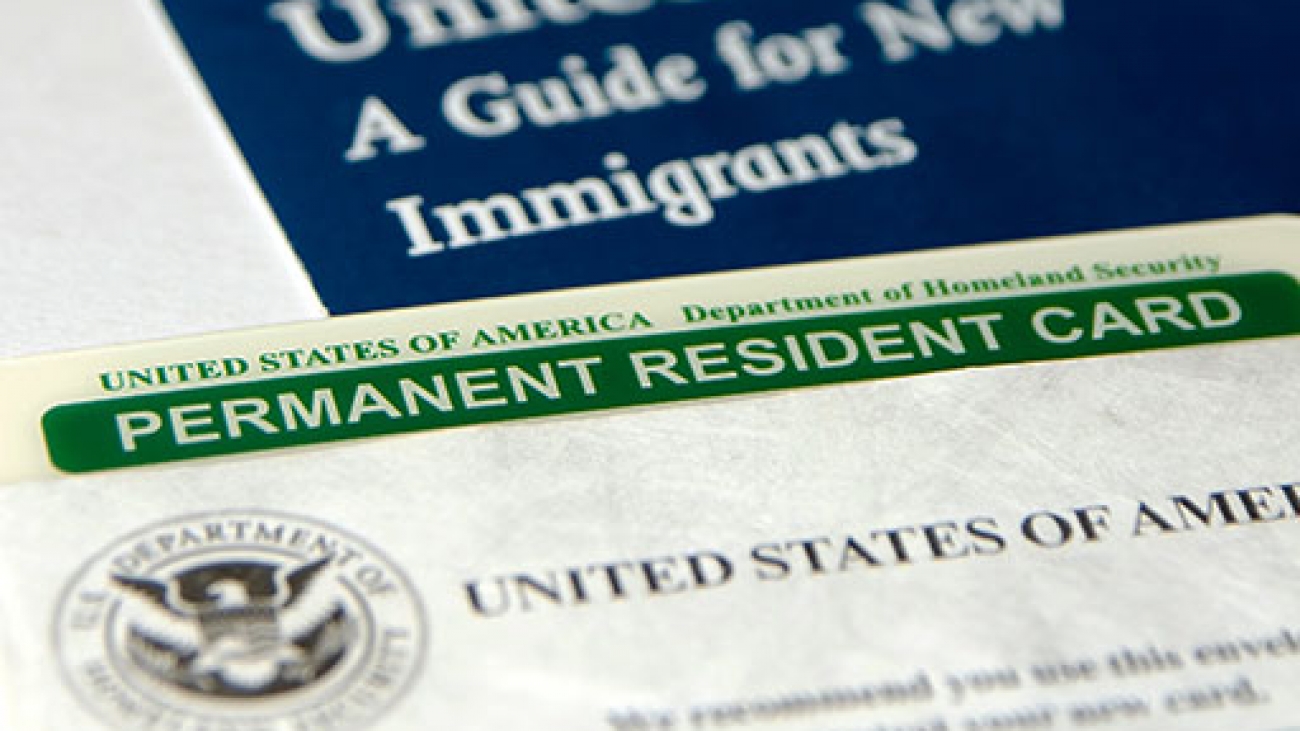Visa Exemptions in Thailand. Thailand, with its captivating landscapes and vibrant culture, attracts millions of visitors each year. To facilitate tourism and promote international travel, Thailand offers visa exemptions to citizens of certain countries. This article aims to provide an overview of visa exemptions in Thailand, highlighting the benefits, requirements, and essential considerations for travelers.
Visa Exemption Program:
Thailand’s visa exemption program allows citizens of specific countries to enter and stay in the country for a designated period without obtaining a visa beforehand. Under this program, visitors can enjoy the beauty and hospitality of Thailand hassle-free, saving time and effort in visa application processes.
Countries Eligible for Visa Exemption:
Thailand maintains agreements with several countries that grant visa exemptions. The specific countries eligible for visa exemptions may vary, and it is important to stay updated with the latest information from the Royal Thai Embassy or Consulate in your home country or the Thai Immigration Bureau. However, some common countries eligible for visa exemption include:
United States
United Kingdom
Canada
Australia
Germany
France
Japan
South Korea
Malaysia
Singapore
Duration of Stay:
The duration of visa-exempt stays in Thailand varies depending on the traveler’s nationality. Typically, visitors are granted a stay of up to 30 days under the visa exemption program. However, some countries, such as Malaysia and Singapore, enjoy longer durations, ranging from 30 to 90 days. It’s essential to check the specific conditions and limitations that apply to your country of citizenship.
Entry Points and Conditions:
Visa-exempt travelers are required to enter Thailand through designated points of entry, which include international airports, land border checkpoints, and sea ports. Upon arrival, you will need to present a valid passport with a remaining validity of at least six months, proof of onward travel (such as a return ticket), and sufficient funds to support your stay.
Extension and Visa Runs:
If you wish to extend your stay beyond the visa-exempt period, you have a few options. One possibility is to apply for a visa extension at a local Thai Immigration Office within Thailand. Alternatively, you can choose to make a border run to a neighboring country, exit Thailand, and re-enter to reset the visa exemption period. However, visa runs may be subject to scrutiny, and it’s important to adhere to the rules and regulations regarding visa exemptions.
Considerations and Important Reminders:
While visa exemptions offer convenient entry for tourists, it’s crucial to be aware of certain considerations:
Overstaying: It is strictly prohibited to overstay the permitted duration of your visa exemption. Overstaying can result in fines, detention, and potential complications for future travel to Thailand.
Activities and Limitations: Visa exemptions are primarily intended for tourism purposes. Engaging in activities such as work, business, or long-term stays may require obtaining an appropriate visa or permit. It’s important to respect the conditions of your visa exemption.
Changing Rules and Regulations: Visa exemption policies can change over time. It’s advisable to stay updated with the latest information from official Thai government sources or consult with the Royal Thai Embassy or Consulate in your home country.
Conclusion:
Visa exemptions in Thailand offer travelers from eligible countries an opportunity to explore the wonders of the country without the need for a pre-arranged visa. By understanding the specific requirements, limitations, and conditions associated with visa exemptions, visitors can make the most of their stay in Thailand while ensuring compliance with immigration regulations. Remember to consult official sources and embark on your journey to experience the beauty and warmth of Thailand.


